The whales are here!
This gallery contains 9 photos.
The whales are here! By Monique Laubscher The season for spectacular whale sightings is upon us! Every year the southern right whales migrate from Antarctica – their icy cold feeding grounds – to the warmer waters off South Africa. The warmer climates off our coastline provide the perfect habitat for breeding, calving and rearing of […]
Occurrence and distribution of cetaceans in Namibian waters
Occurrence and distribution of cetaceans in Namibian waters
A summary of Pauline Glotin’s MSc thesis, 2016
The Benguela upwelling, situated in the west coast of Angola, Namibia and South Africa, is a region highly productive and biologically diverse. Namibia was one of the world’s largest whaling areas in the 20th century and with at least 25 species known to occur here, hosts more than 60% of the world’s whale and dolphin species (Best, 2007). Despite this – knowledge about cetacean fauna is remarkably poor.

Figure 1: Map of the Benguela current upwelling system (Kirkman et al., 2015)
The main aims of my study were to provide an updated description of cetacean diversity within Namibian waters, especially within and adjacent to the Namibian Islands Marine Protected Area (NIMPA), and to predict the spatial and seasonal distribution patterns of the cetaceans in coastal and offshore Namibia.
When comunity and science meet, wonders occur

Leo Berninsone is a part-time volunteer with Sea Search and Sousa Project. We asked him to share his testimony on how local communities can help science.
“You cannot defend what you do not love and you can not love what is not known”
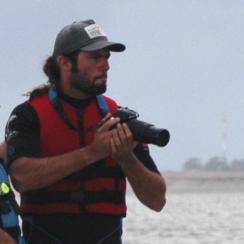
I remember reading that quote on the back of a t-shirt when I was fifteen years old. The link between those 3 powerful words (Defend-Love-Know) shocked me at first sight. Somehow, that saying lingered in my thoughts through the years and still remains being one of the cornerstones of my work on conservation of marine mammals. It changed my whole perspective about what conservation was; I used to think that working with endangered species would prevent them from becoming extinct, but I was wrong. Working with people would do so.
Tricks to recognize a Heaviside’s dolphin

CHARACTERISTICS OF A HEAVISIDE’S DOLPHIN
Length adult
A small animal, reaching a maximum body length of only 1.75m. There is little obvious difference in size between the sexes.
Appearance
Heaviside’s dolphin can be readily distinguished by its low, almost triangular dorsal fin.
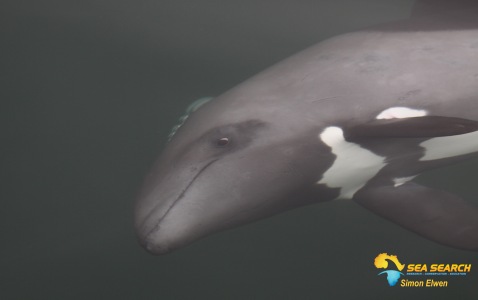
Colour
The coloration of Heaviside’s dolphin is unmistakable: largely grey with blackish cape, white trident-shaped ventral patch with finger-shaped marks on both sides of lower rear body.
Dorsal fin
Triangular and pointed, dark.
The dorsal fin has an overall triangular shape, but the leading edge tend to be slightly convex and longer than the trailing edge, which may be slightly concave.
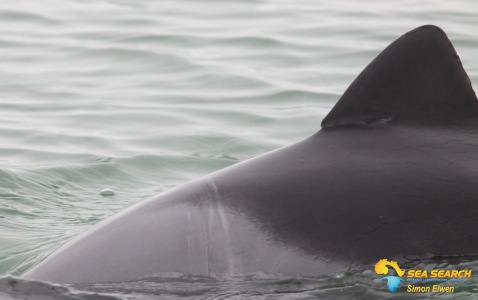
Head
Cone shaped head with indistinct beak
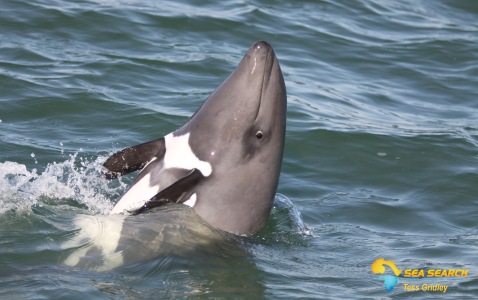
Group Size
Typical group size up to 10
Behaviour
Shy and rarely active or boisterous, though sometimes porpoises at high speed.
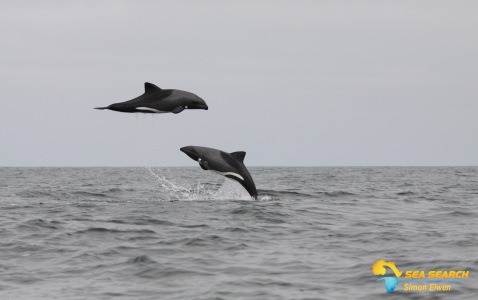
Aerial activity and social interactions are more prevalent in the larger groups. While inshore in the early morning, these dolphins seem to favour areas with high surf activity, where they may spend time riding the waves inshore and leaping out of the back as they break.
Seasonality
Present year round
Tricks to recognize a Southern Right Whale

Southern Right Whale
Length adult: 14 -16m (with females larger than males).
Appearance:
Right whales are hard to confuse with other large whales.
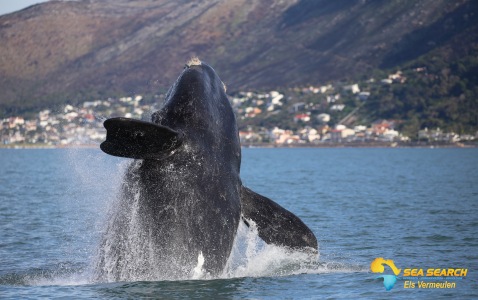
Jean Paul Roux, the man who rescued 33 dusky dolphins in Namibia

On the 3rd of February 2016, Jean Paul Roux managed to rescue 33 stranded dusky dolphins on the Lüderitz coast. The news has been released on his facebook page “Lüderitz Marine Research”. Before reading the interview, it’s good to get to know the man. Read More…
Where to see dolpins in Cape Town

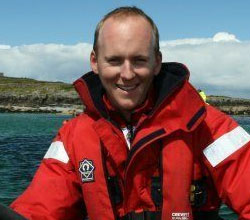
Dr Simon Elwen
Dr Simon Elwen, director of Sea Search Africa wrote an interesting article in Cape Town Community, here the link to the full article.
In the article, he gives suggestions about where to see dolphins.
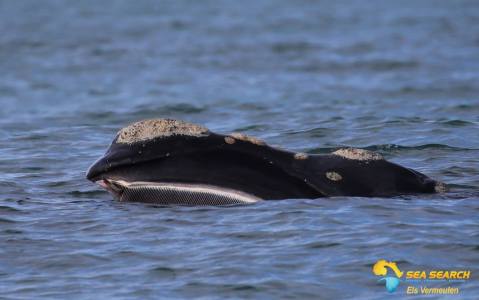




Recent Comments